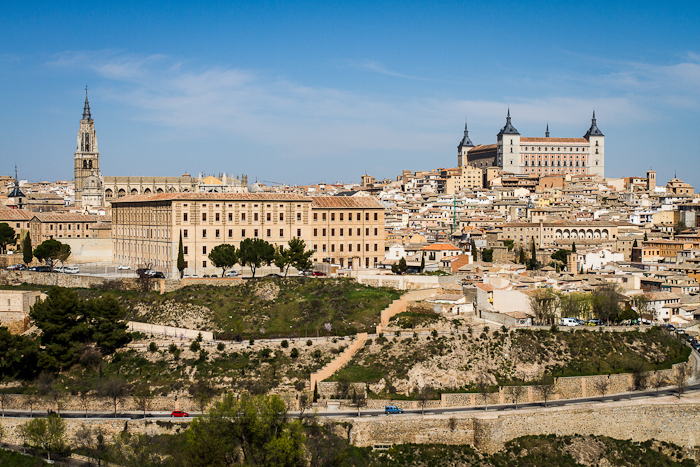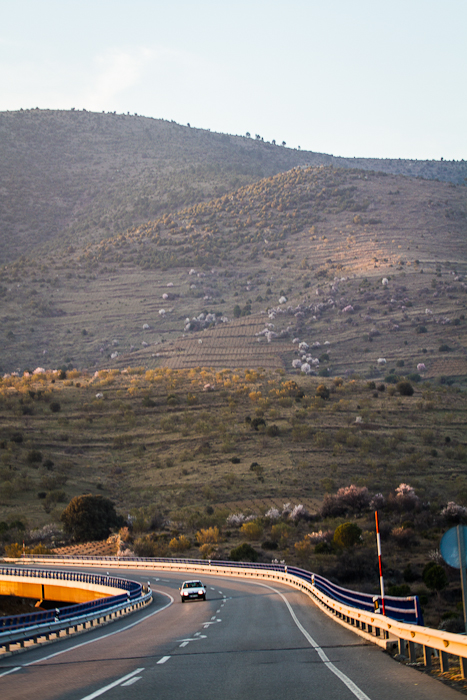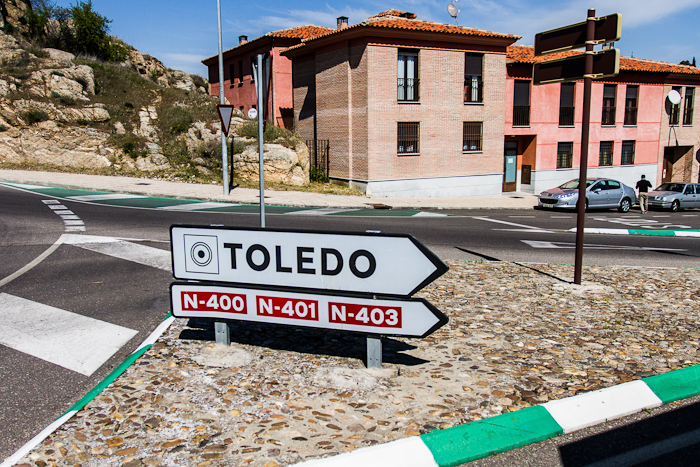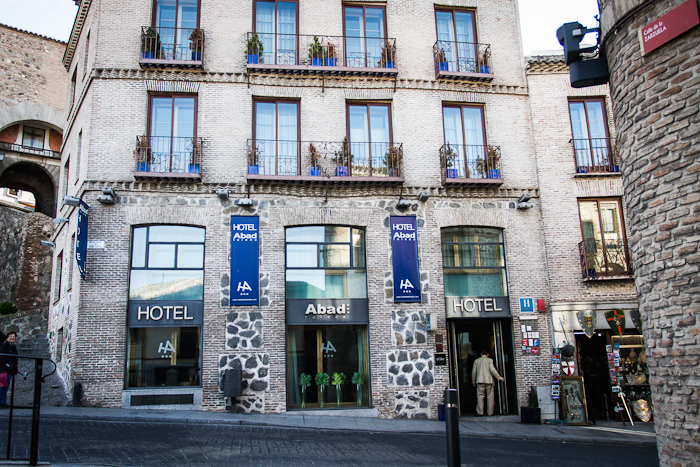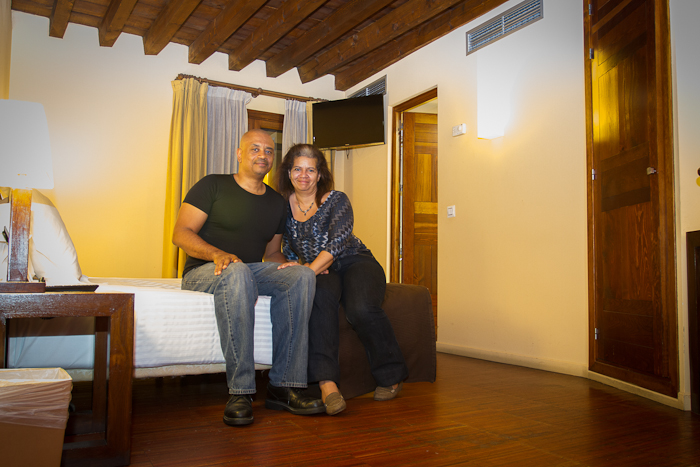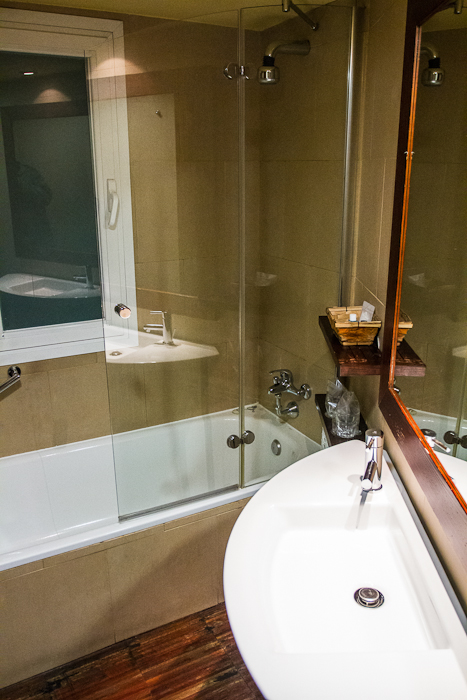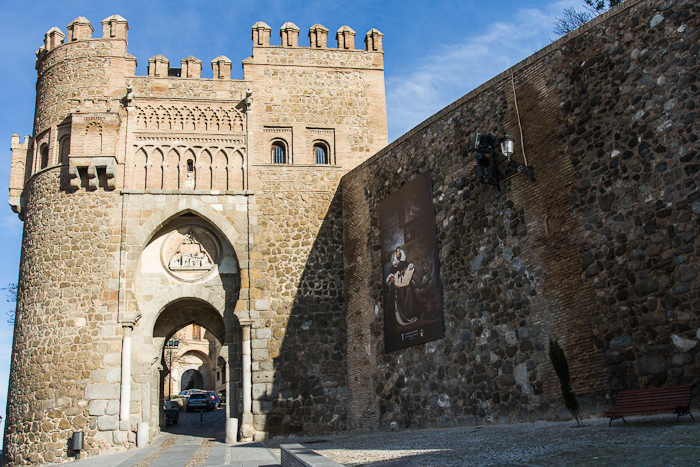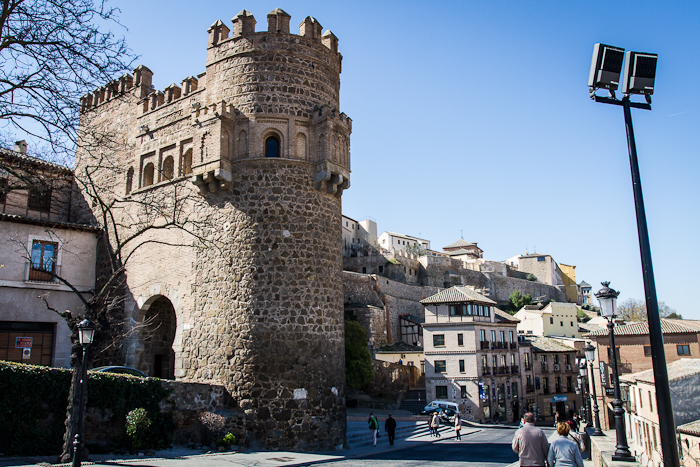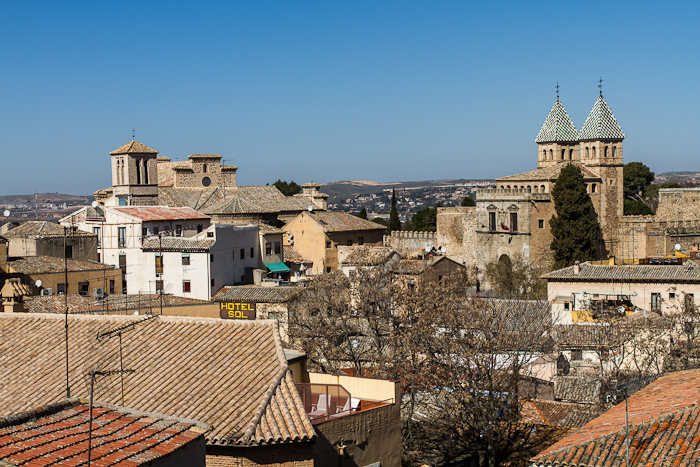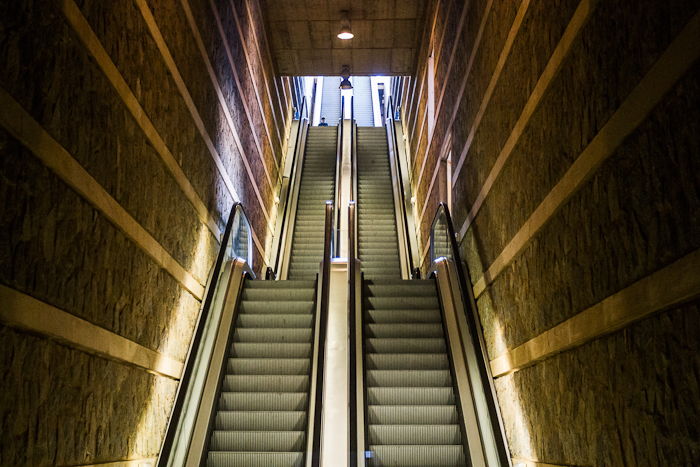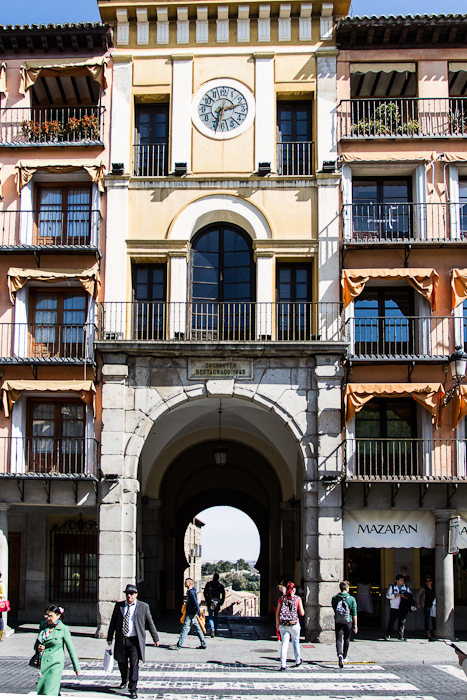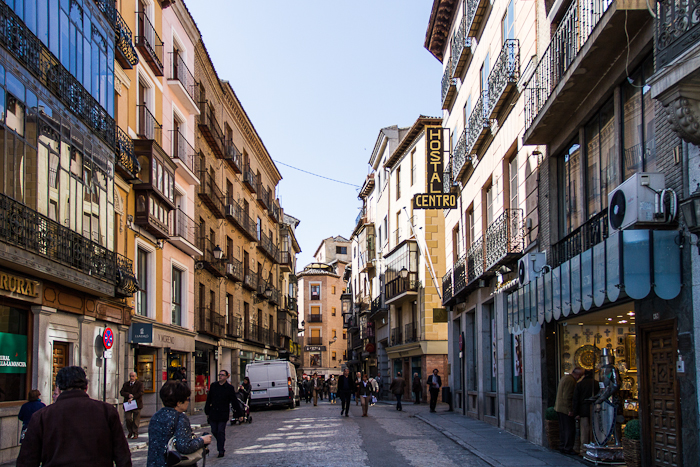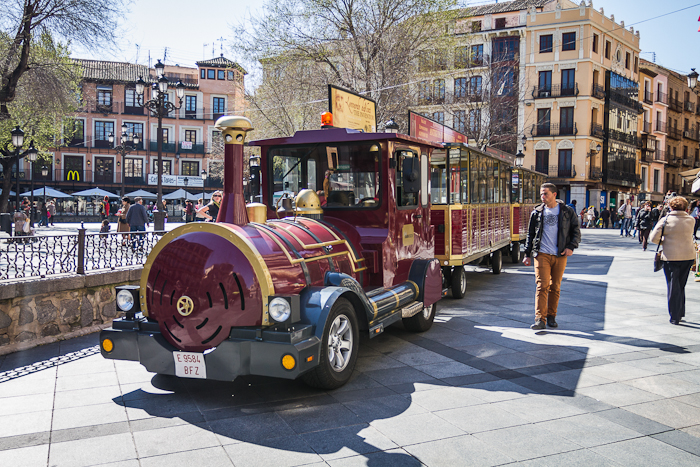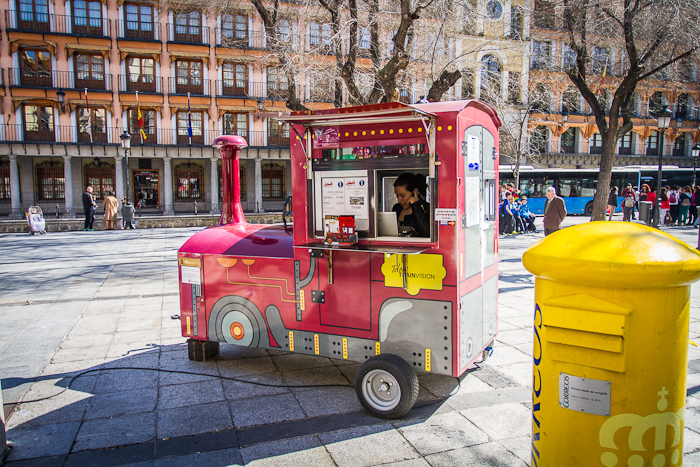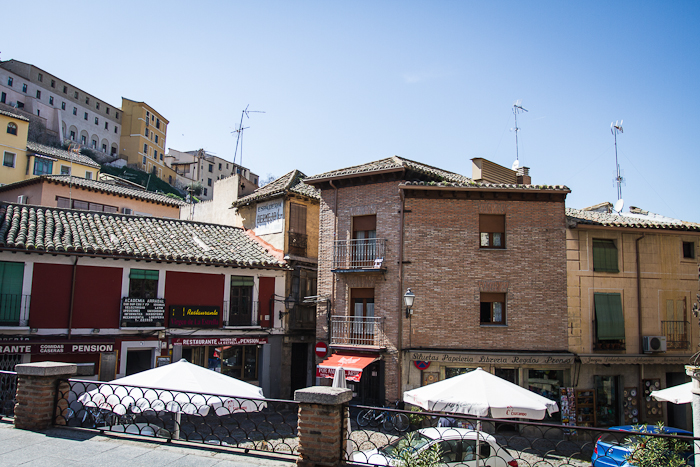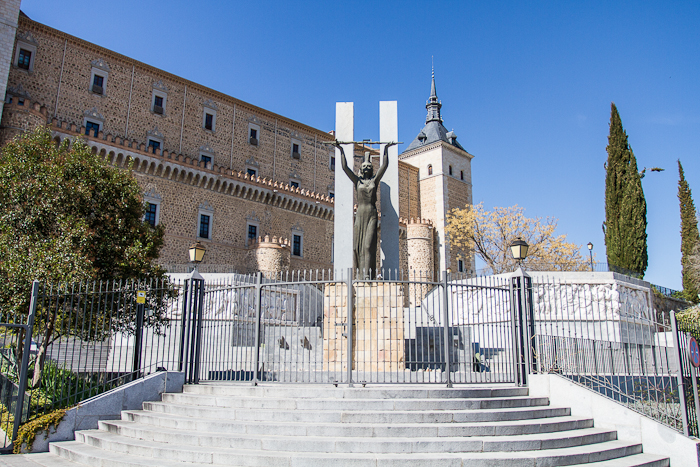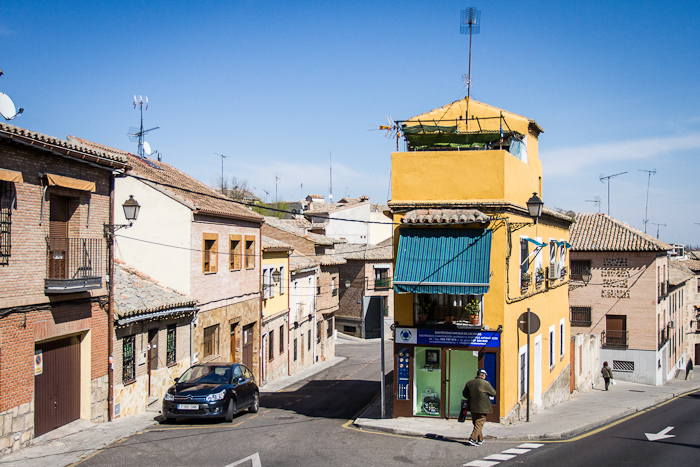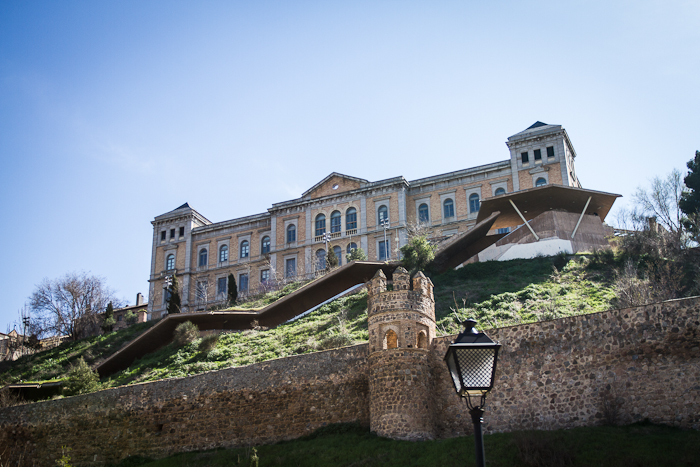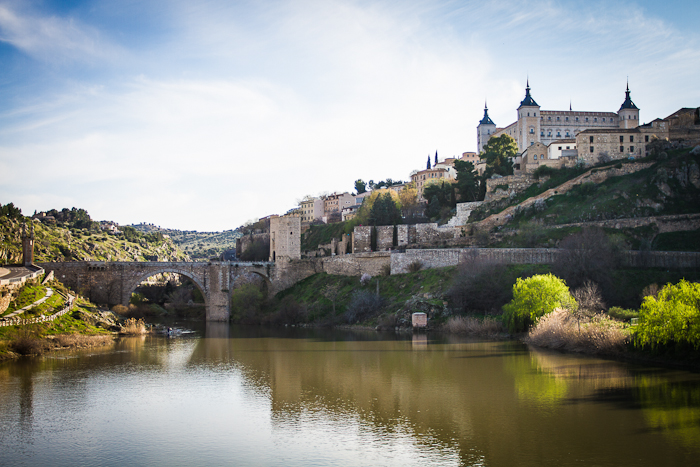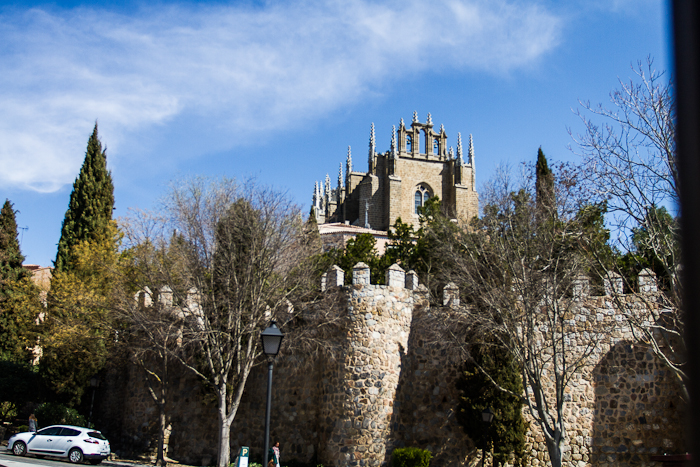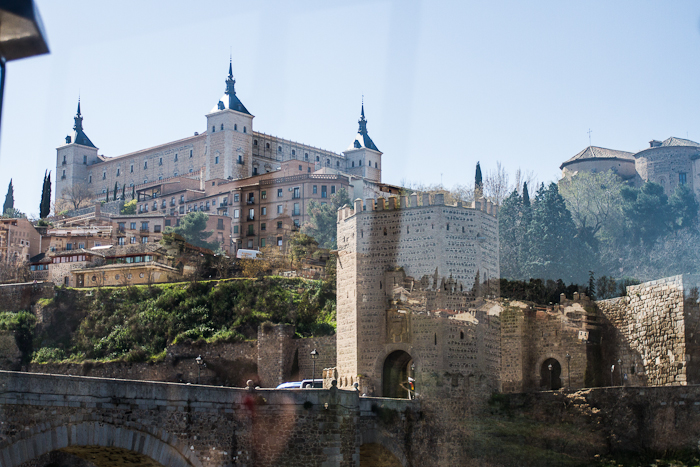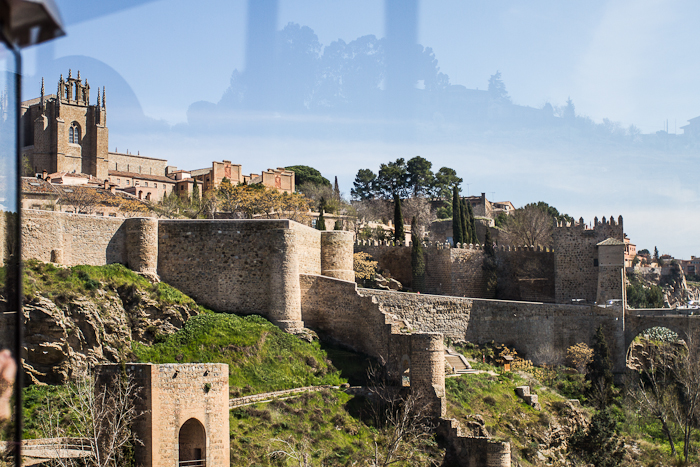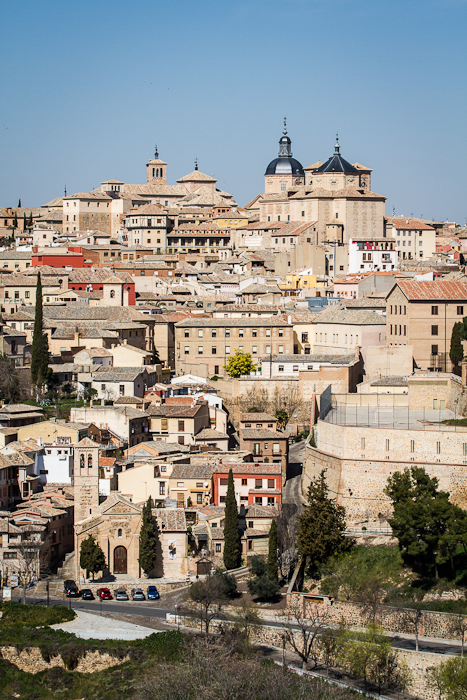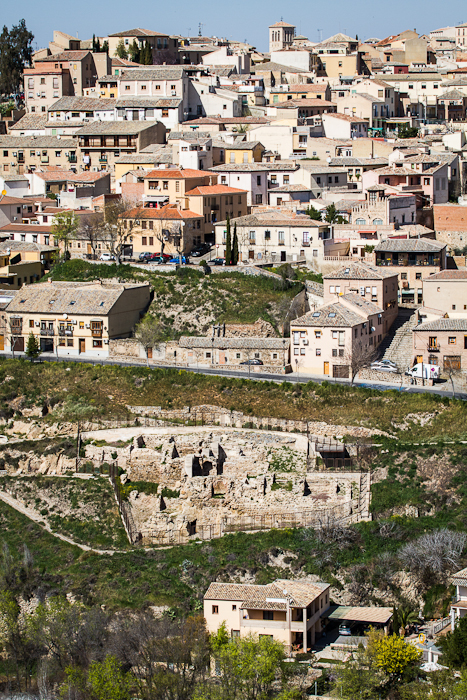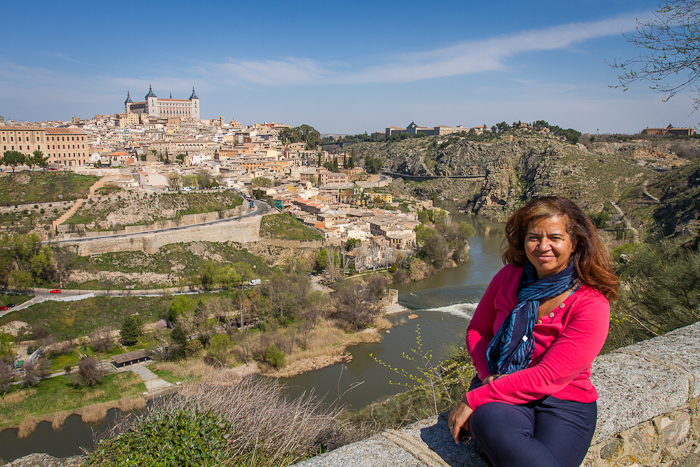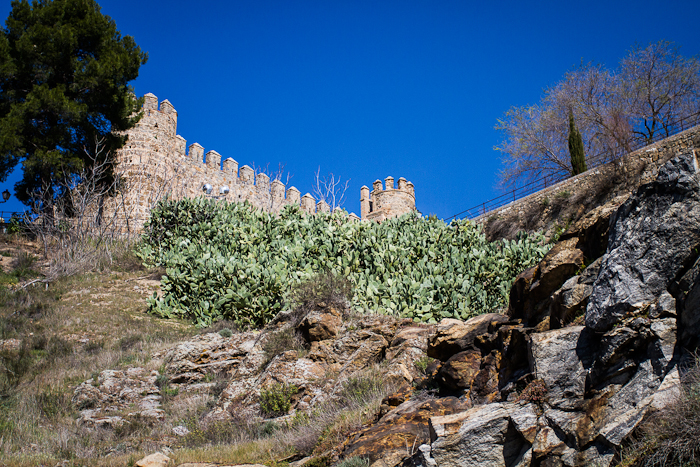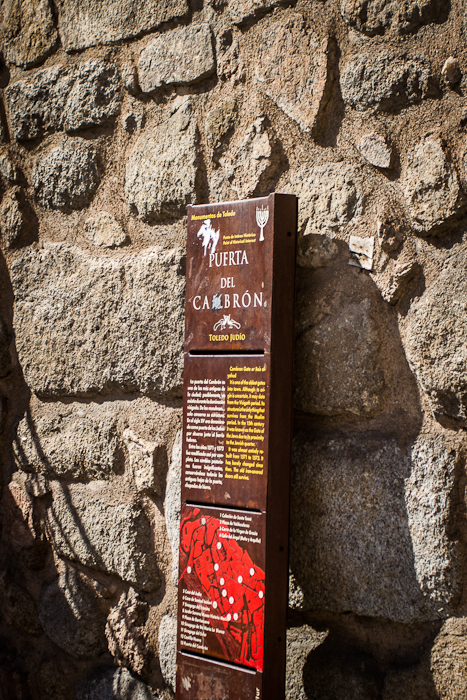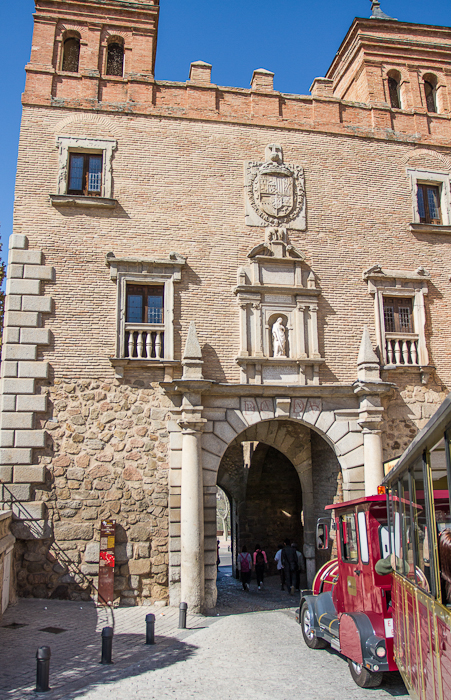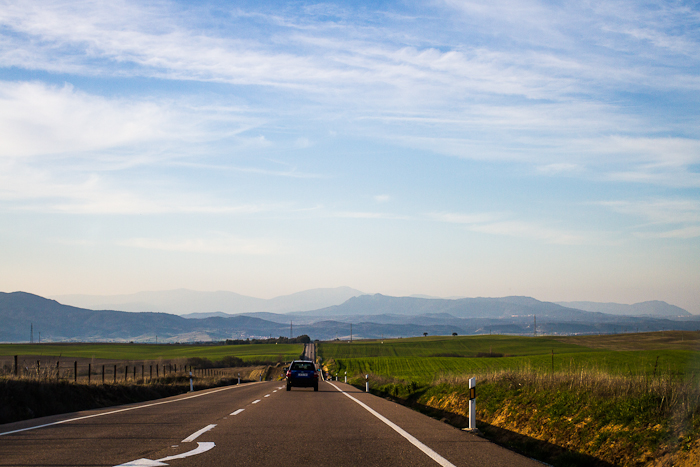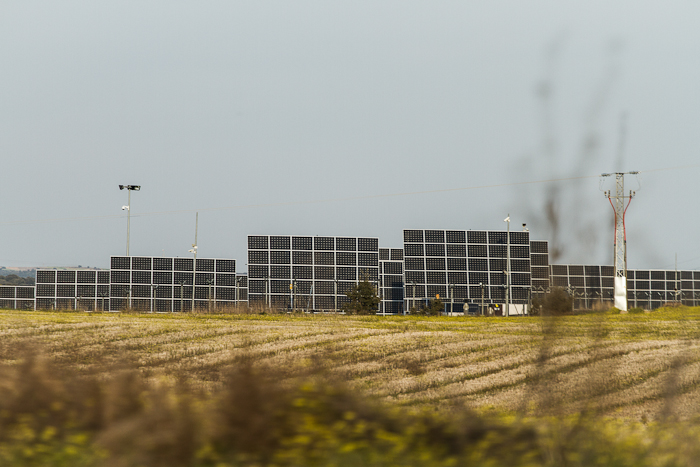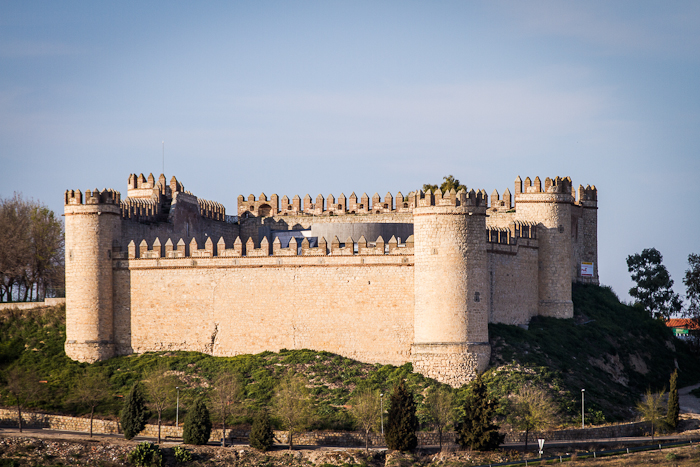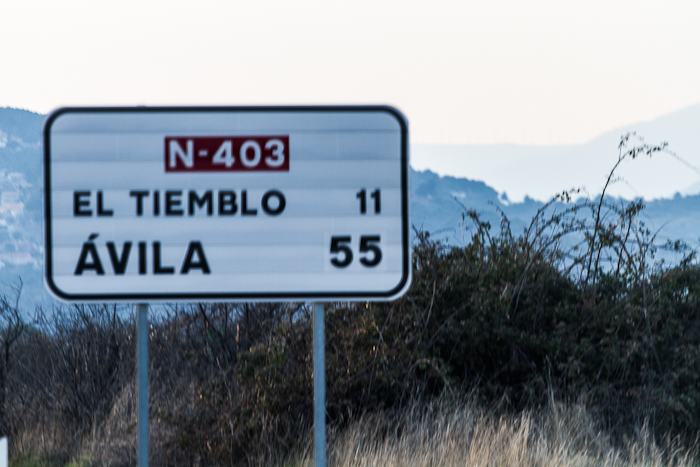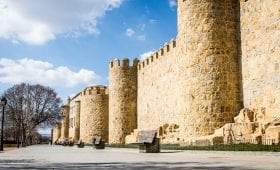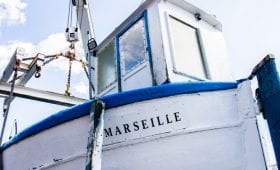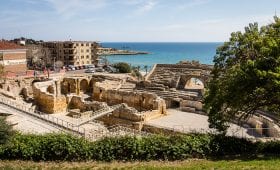Our Travels • Toledo Spain
After a wonderful lunch in Tarragona, we packed up the car and headed out for Toledo. Since our road trip was going to take a bit over six hours, we opted to follow the coastline south to València before cutting inland towards Toledo.
Toledo, like many cities in Spain, reflects the rich cultural diversity of it’s past. But here, in the City of the Three Cultures, the influence of Christian, Muslim, and Jewish occupation is strongest because the cultures lived side by side.
After a wonderfully uneventful drive, we arrived after dark into Toledo. Faithfully following our GPS, we knew we were very close to our hotel – so close, that it kept encouraging us to walk the final distance. And then, just like that, it just stopped talking to us. Fortunately, my co-pilot was prepared for this situation and had copied down all of the directions. So we backtracked, and after a few trips through the roundabouts and what seemed like an interminable game of Hot and Cold with us alternately being very hot or very cold, we finally made a turn into the walled portion of the old city, and there we found the Hotel Abad!
The night clerk was very courteous, and spoke fluent English. She provided directions to park our car, which was not immediately apparent. We found this to be the case for a few of the hotels that were located inside the old city center walls.
Our room was spacious and well appointed. The rustic ceiling beams and cream colored walls were very charming. Like many European hotels, the beds were two singles that could be pushed together to make a double.
My favorite was the bathroom, it was modern and tiny, but I just loved the deep bathtub!
After a great night’s sleep and wonderful breakfast, we chatted with the front desk to get the lay of the land. They offered to store our luggage and provided a map of the city and a route to maximize our time. So with map in hand, we stepped out to explore the city.
Immediately next door to the hotel is the Puerta del Sol y de la Luna. It was originally built in the 14th century to give access to the walled city. The distinctive horseshoe arch reflects the Moorish influence of the structure.
A view of the city across the street from our hotel. Interestingly enough, our last contact with our GPS was just below where we stood. I found it interesting that many of the older buildings use the city walls as part of their structure. The taller building in the background, on the right, is the Church of San Salvador which was built in the 9th century. It was originally a mosque and faces southeast to Mecca.
The twin towers on the right are part of the Puerta Nueva de Bisagra where we made our entrance into the city.
After our chat with the Front Desk staff, we decided to conserve our energy and utilize the escalators inside the parking deck to reach the main square, the Plaza de Zocodover.
Views of the Plaza de Zocodover…
After exploring a few of the shops in the Plaza, we decided to take a ride on the Tourist Train for a better overall view of the area. It was the single best decision we made in Toledo
The train wound through the center of the city, before passing through the Puerta Nueva de Bisagra. Toledo is a great day-trip option for those staying in Madrid. There were lots of options for touring the city, although I cringed to watch some of the bigger buses go through those narrow streets.
The tourist train route took us over the river Tagus and around the entire walled city.
Views of the Alcázar of Toledo: originally built by the Romans in the 3rd century, it was restored in the 1540s by Charles I and Philip II of Spain. It’s currently the home of the Castilla-La Mancha Regional Library (“Biblioteca Autonómica”) and the Museum of the Army (“Museo del Ejército”). Courtesy of Wikipedia
The monument below was dedicated to the victims of the Siege of the Alcázar by the Republican troops during the Spanish Civil War.
The St. Martin Bridge, or Puente de San Martín, was completed in the 14th century. It spans the rushing waters of the Tagus River.
The multiple spires of the Monastery of San Juan de los Reyes.
Another view of Alcázar, with one the defensive towers of the St. Martin Bridge below.
The ruins of the Roman circus are just outside the city.
Panoramic views of the city and the Tagus River.
Castillo de San Servando- a medieval castle once occupied by the fabled Knights Templar.
Re-entering the city through the Puerta del Cambrón, also known as the Jewish Gate.
After our tour through the city and lunch, we headed out for the hills of La Mancha to our next destination.
A solar farm in the midst of the antiquities of Spain!
One of several castles that dot the landscape around Toledo, Madrid, Ávila and Segovia.
Lovely… just 55 kilometers away, we should reach Ávila by sunset!
Ready to explore Spain?
Author: Desiree Carter
Photos: ©Cedric Carter

